




Base to Shopify
Migrating your store from Base to Shopify might seem daunting, but with proper planning and the right tools, it's a smooth process. Follow this step-by-step guide to ensure a successful transition.
Schedule a call
Step-by-Step Migration Guide: BASE to Shopify Migration Guide
Step 1: Define Migration Objectives
In this initial step, we outline the critical objectives for migrating from BASE to Shopify, ensuring all stakeholders are aligned on the goals and expected outcomes.
Step 2: Prepare Data Backup
Creating a comprehensive backup of all data in BASE is essential to prevent data loss during the migration process.
Step 3: Map Data Fields
Mapping the data fields from BASE to Shopify is crucial for ensuring that all information transfers correctly between the platforms.
Step 4: Export Data from BASE
Exporting the mapped data from BASE is a critical step to ensure that we have all necessary information for the migration to Shopify.
Step 5: Set Up Shopify Store
Setting up the Shopify store environment is essential prior to importing data, ensuring the store is ready to receive the migrated information.
Step 6: Import Data into Shopify
Importing the exported data into Shopify requires careful execution to maintain data integrity and consistency throughout the process.
Step 7: Test and Validate Store Functionality
Conducting thorough testing and validation ensures that the migrated store functions correctly and provides a smooth shopping experience for customers.
Power Your Step - Get in Touch
Ready to elevate your ecommerce experience? Contact PowerCommerce for expert migration support and let us guide you through the process.
Step 1: Define Migration Objectives
Before we begin the actual migration process, it is crucial to define our migration objectives clearly. This step serves as the foundation for the entire project, as it ensures that all stakeholders are aligned on the goals and expected outcomes. Defining these objectives allows us to identify key success metrics that will guide our approach and decision-making throughout the migration.
We start by assessing our current store on BASE and determining what we aim to achieve with Shopify. Common objectives include improving the user experience, enhancing performance, and increasing conversion rates. Additionally, we should consider how Shopify’s features can meet our specific business needs, such as scalability, customization, and customer support. By having a clear understanding of our objectives, we can tailor our migration strategy to ensure that it aligns with our overall business goals.
- Identify Key Performance Indicators (KPIs): Establish metrics such as site speed, conversion rate, and customer satisfaction scores to measure success post-migration.
- Evaluate Current Pain Points: List the limitations of BASE, such as performance issues or lack of integrations, that you hope to overcome with Shopify.
- Determine Required Features: Identify which Shopify features are essential for your business, including payment processing, SEO tools, and shipping options.
By defining our migration objectives in this way, we can ensure a focused and effective migration process. This clarity will also allow us to communicate effectively with our team, stakeholders, and any external partners involved in the migration.
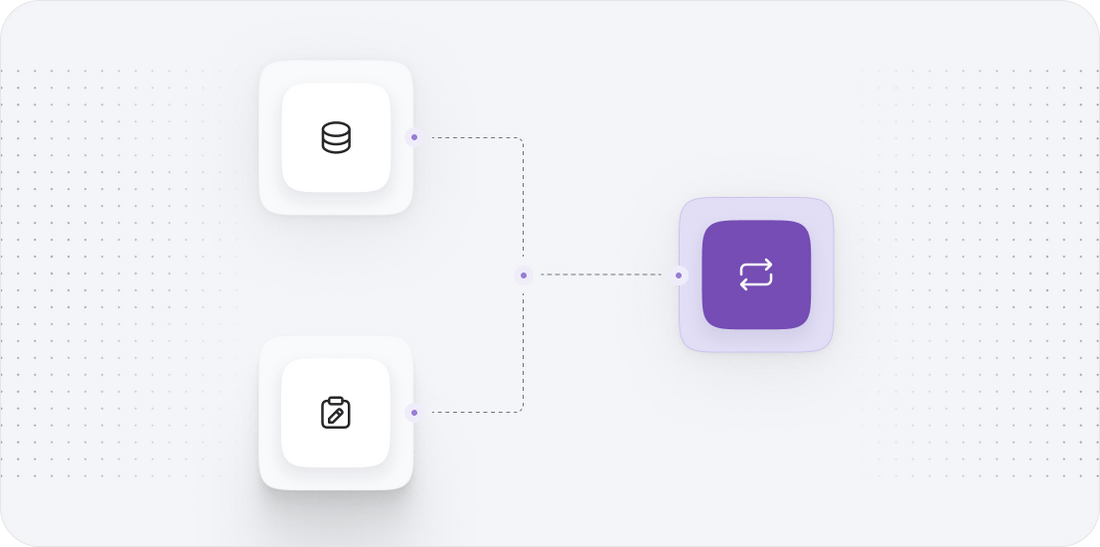
Step 2: Prepare Data Backup
In this step, we prioritize the security of our data by creating a comprehensive backup of all information currently stored on the BASE platform. This is a critical precautionary measure to prevent any potential data loss during the migration process. A well-executed backup ensures that we can restore our data if anything goes wrong during the transition.
To create a backup, we follow these sub-steps:
- Export Data: Log in to your BASE admin panel and navigate to the data export section. Choose the relevant data types to back up, including:
- Product data (titles, descriptions, prices, images)
- Customer information (names, email addresses, order history)
- Order data (transaction details, timestamps)
- Use Backup Tools: Employ tools or plugins that facilitate data export. Check for any specific BASE functionalities that allow bulk export of data.
- Store Backup Securely: Once the data is exported, save it to a secure location, such as a cloud storage service or a local drive. Ensure that the backup is easily accessible for future reference during the migration.
It’s also recommended to perform this backup during off-peak hours to minimize any disruption to customers. By preparing a reliable data backup, we set the stage for a smooth migration to Shopify.
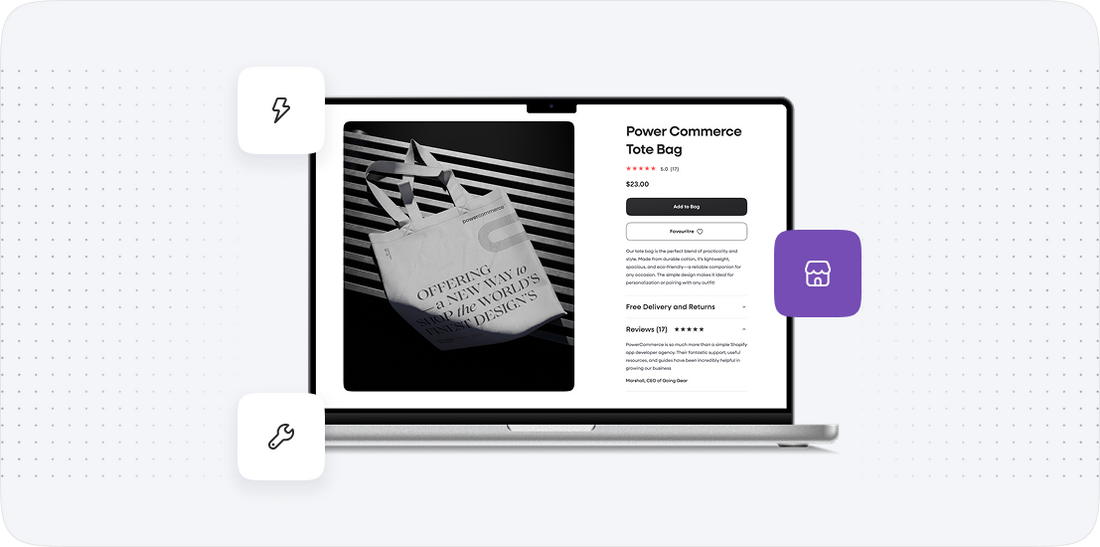
Step 3: Map Data Fields
Mapping data fields is a vital process that involves aligning the data structures of BASE with those of Shopify. This ensures that all information is transferred accurately and that no data is lost or misformatted during the migration. In this step, we take a close look at how data is organized in both platforms and create a mapping document to guide our migration.
We begin by identifying the key data components that need to be migrated:
- Products: Ensure that product titles, descriptions, prices, SKUs, and images are correctly aligned.
- Customers: Map customer fields such as name, email, shipping address, and order history.
- Orders: Align order details including order numbers, product items, quantities, and customer notes.
Next, we create a mapping document that outlines how each field in BASE corresponds to a field in Shopify:
- Product Mapping: Compare BASE product fields with Shopify fields.
- Customer Mapping: Document how customer data will transition from BASE to Shopify.
- Order Mapping: Ensure all order information will be properly integrated into Shopify’s order management system.
This mapping document serves as both a reference and a checklist during the migration process. By clearly defining how data translates between the two platforms, we can prevent errors and facilitate a smoother transition to Shopify.
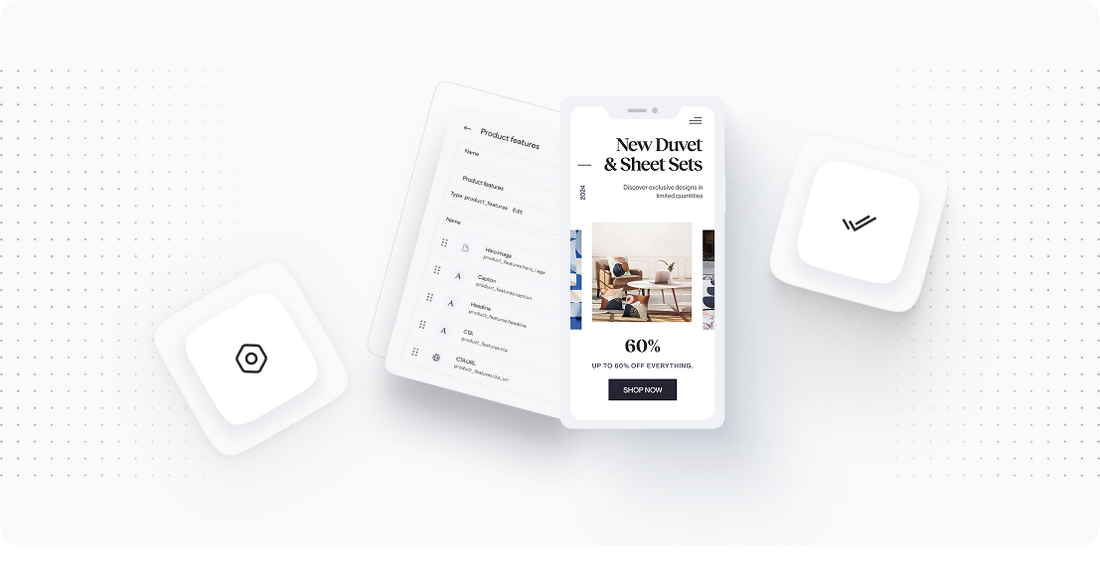
Step 4: Export Data from BASE
Now that we have prepared our data mapping document, the next step is to export the actual data from BASE. This step is crucial as it involves bringing all necessary information into a format that can be imported into Shopify. A successful export ensures that we have everything we need to build our new store on Shopify without losing any critical information.
To export data from BASE, we follow these detailed steps:
- Use the Export Functionality: Access the admin panel of BASE and navigate to the data export section. Utilize the export tools to select the data types we outlined in our mapping document.
- Choose the Correct Format: Ensure that the exported data is in a compatible format for Shopify, typically CSV or JSON. If BASE allows, select the format that aligns with Shopify’s import requirements.
- Export the Data: Execute the export function. Monitor the process to ensure that it completes successfully without any errors.
- Verify the Export: Once the export is complete, open the exported files and verify that all data fields are present and correctly formatted according to our mapping document.
Completing this step prepares us to import the data into Shopify. It is also wise to keep a backup of the exported files in a secure location, as this will serve as our primary data source during the migration process.
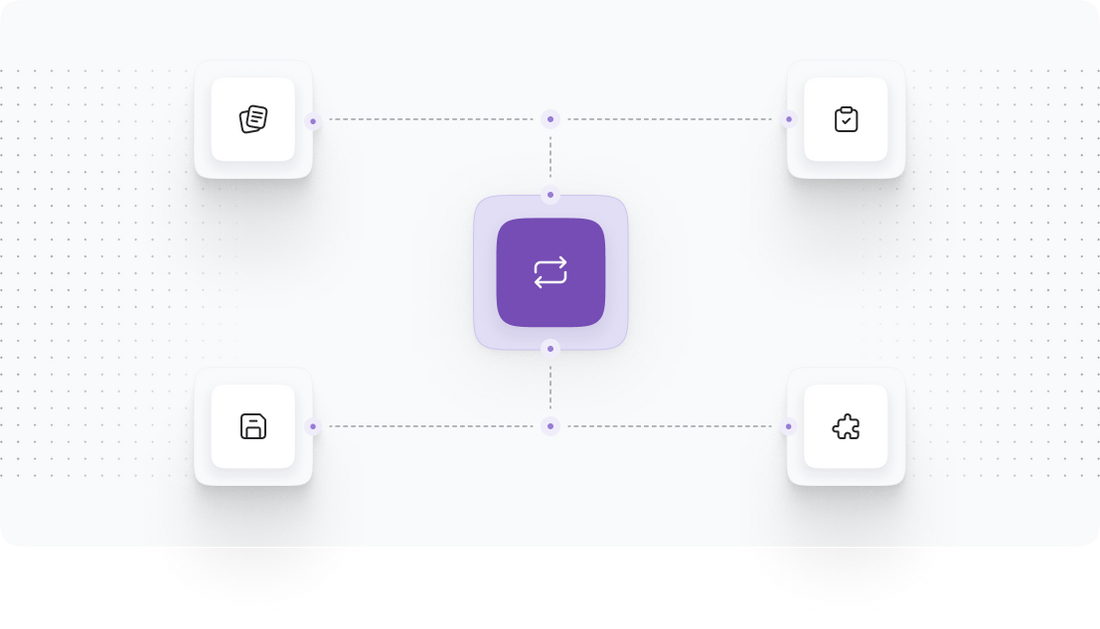
Step 5: Set Up Shopify Store
Before we can import our data into Shopify, we need to set up our Shopify store environment. This step involves configuring the basic settings and preferences that will form the foundation of our new online store. An adequately prepared Shopify store will ensure that the imported data aligns well with its capabilities and features.
We begin by logging into our Shopify account and following these steps:
- Choose a Plan: Select a Shopify plan that meets our business needs. If we anticipate significant growth, consider opting for Shopify Plus for its advanced features.
- Configure Store Settings: Navigate to the settings panel and set up essential configurations, including:
- Store name and address
- Payment gateways (set up payment methods that align with your business model)
- Shipping settings (define shipping rates and regions)
- Select a Theme: Browse through Shopify's theme store and select an appropriate theme that reflects our brand identity. Customize it as needed to ensure it aligns with our vision.
- Set Up Essential Apps: Install any necessary apps from the Shopify App Store that will enhance the functionality of our store, such as email marketing tools, SEO optimization apps, or inventory management solutions.
This setup phase is essential for creating a positive user experience for customers visiting our store. By preparing our Shopify environment in advance, we ensure a seamless transition when we import our data.
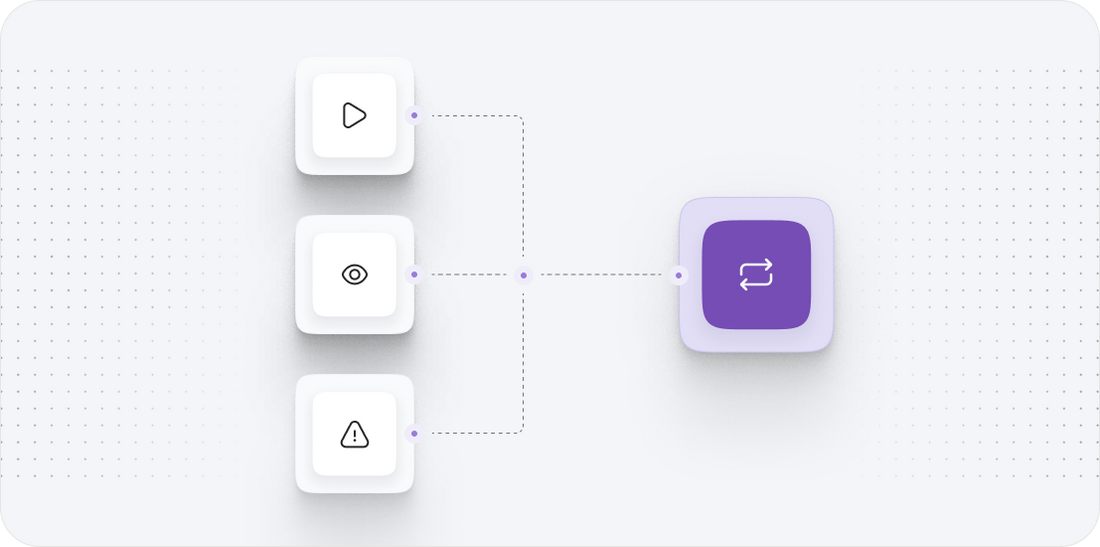
Step 6: Import Data into Shopify
With our Shopify environment set up, we can now proceed to import the data we exported from BASE. This step is critical as it directly affects how our new store will operate and how customers will interact with it. A successful data import ensures that all information is accurately represented in Shopify.
Here’s how we can effectively import the data into Shopify:
- Access Shopify Admin: Log in to your Shopify admin panel and navigate to the 'Products' section for product data import or 'Customers' for customer data.
- Utilize the Import Tool: Shopify provides built-in import tools that simplify this process. Select the 'Import' option and upload the CSV files that were exported from BASE.
- Map Data Fields: Use the previously created mapping document to ensure that each field from the exported data corresponds correctly to the relevant fields in Shopify.
- Review Import Settings: Before finalizing the import, review all settings and configurations to ensure correctness. This includes checking for any duplicate entries or misalignments.
- Initiate Import: Start the import process and monitor its progress. Be prepared to address any errors that may arise during this phase.
Once the data import is complete, it’s crucial to conduct a thorough review of the imported data. Check for completeness and accuracy to ensure that all information is correctly reflected in the new Shopify store. This attention to detail is vital for providing a seamless customer experience.
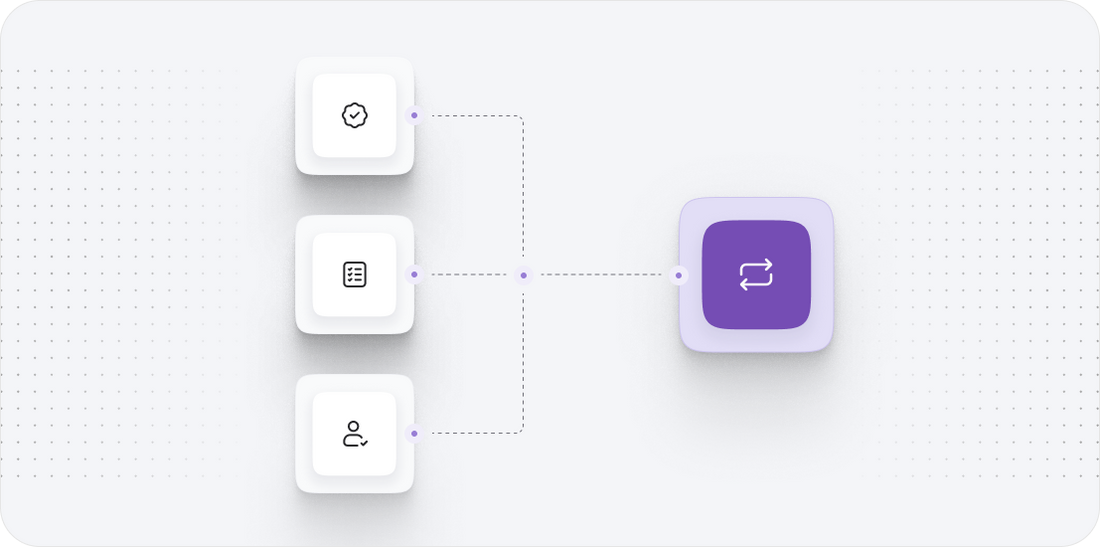
Step 7: Test and Validate Store Functionality
After importing the data into Shopify, we must perform rigorous testing and validation of the store’s functionality. This step is essential to ensure that all features work as intended and that customers can navigate and purchase without issues. Testing also helps identify any discrepancies resulting from the migration process.
We should follow these testing procedures:
- Test Product Listings: Check that all products are displayed correctly, including images, descriptions, and prices. Verify that product variants and options function as expected.
- Verify Customer Accounts: Ensure that customer accounts have been migrated accurately. Test the login process and check customer order histories.
- Review Checkout Process: Perform test purchases to confirm that the checkout process is smooth, including payment processing and shipping options.
- Check Integrations: Ensure that any installed apps or integrations operate correctly, such as email marketing tools, inventory management, and analytics.
- Mobile Responsiveness: Test the store on various devices to ensure that it is mobile-friendly and provides a positive user experience across all platforms.
By conducting these tests, we can identify and resolve any potential issues before launching the store, ensuring a seamless shopping experience for our customers. It’s advisable to involve team members in this testing phase to gather different perspectives and insights.
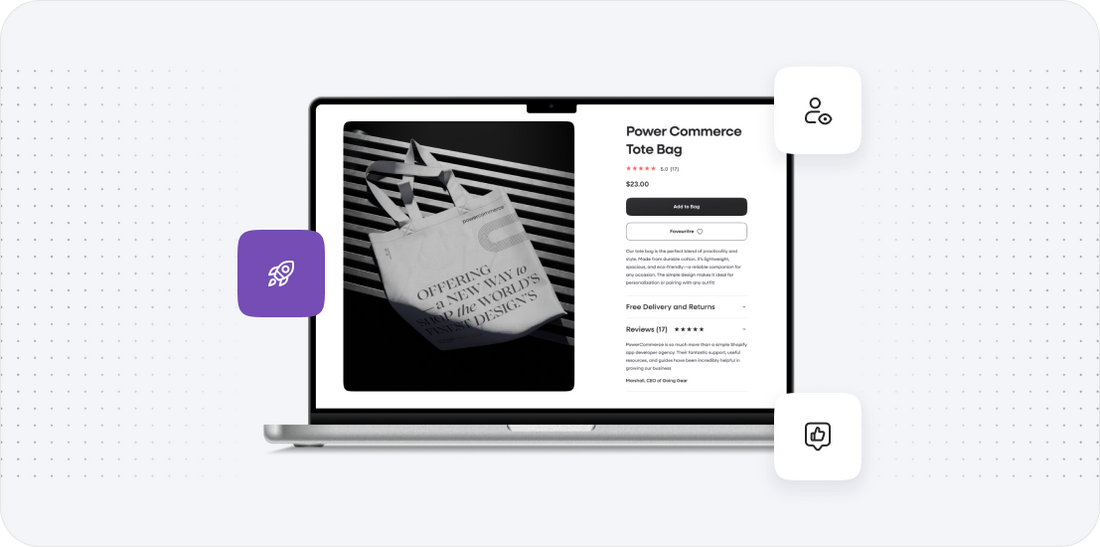
Power Your Step - Get in Touch
At PowerCommerce, we understand that migrating from one ecommerce platform to another can be a complex and daunting task. Our team of experts is here to streamline the process and ensure a smooth transition from BASE to Shopify.
By partnering with us, you gain access to our extensive industry knowledge and commitment to delivering cutting-edge solutions tailored to your business needs. We prioritize data integrity, operational efficiency, and customer satisfaction in every migration project.
- To get started, visit our contact page to fill out our consultation form.
- Alternatively, you can call us directly at 800-099-9090 or email us at info@powercommerce.com.
- Let us help you power your ecommerce growth with innovative solutions that propel your business forward.
Don’t wait--reach out today to schedule your risk-free consultation and discover how we can enhance your ecommerce experience!
Stay aligned on what's happening in the commerce world
Trusted by 1000+ innovative companies worldwide
Schedule Your Migration Today
For businesses prioritizing simplicity, scalability, and robust support, Shopify is the clear winner.
Looking to migrate without hassle? Power Commerce can handle the entire process, ensuring smooth data transfer, store setup, and post-launch success.
Marka Marulića 2, Sarajevo, 71000 BiH
00387 60 345 5801
info@powercommerce.com


